

Matt Campbell
2025 Porsche 911 Carrera T review
5 Days Ago
Stellantis is rolling out three software platforms and wants all its cars to support over-the-air updates by 2024.

News Editor
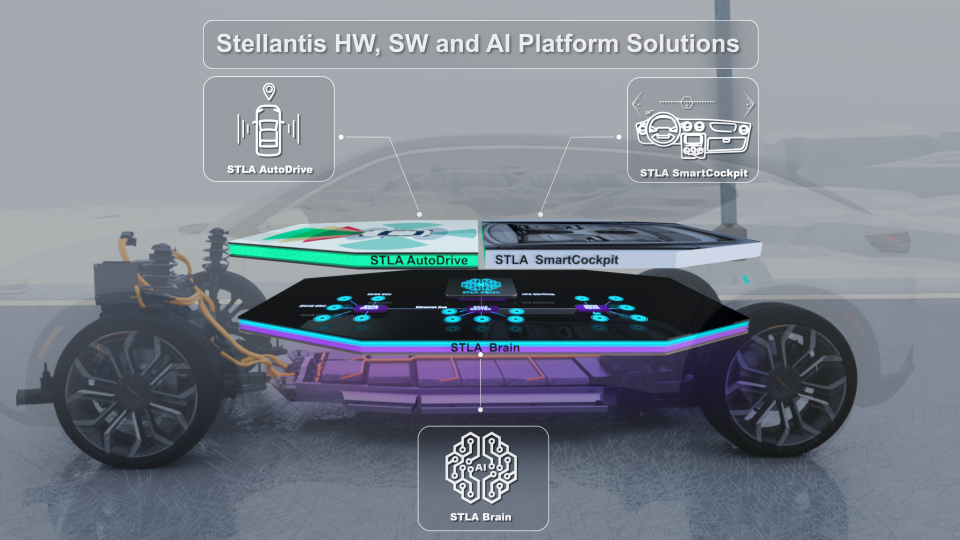

News Editor
Stellantis is spending big on new software to give its cars more connectivity sooner, so they can stay up-to-date for longer.
The automotive group is spending more than €30 billion (A$47.5 billion) on software through 2025 with the aim of earning around €20 billion (A$31.6 billion) in “software-enabled” incremental revenues annually by 2030.
The latter is a big jump up from approximately €4 billion (A$6.3 billion) in annual revenues by 2026, and Stellantis is expecting subscriptions to power this growth.
The company also expects this work will yield €1.1 billion (A$1.7 billion) in efficiencies by 2030.
It’s partnering with companies like BMW, Foxconn and Waymo and aims to have 34 million “monetizable connected cars” by 2030 – up from 12 million today.
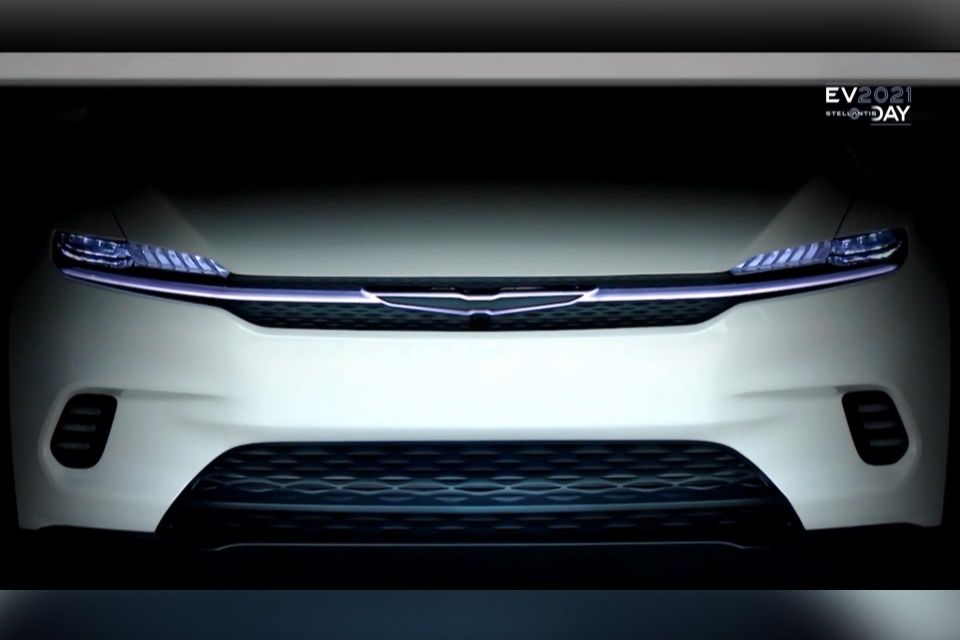
Its partnership with Foxconn will also see the Taiwanese manufacturer develop four families of chips that’ll cover over 80 per cent of Stellantis’ micro-controller needs.
The two companies have signed a non-binding memorandum of understanding.
Stellantis expects all its cars to be fully updatable over-the-air by 2024 and start using Foxconn chips the same year.
At the same time, it’ll start to roll out three new AI-powered technology platforms: STLA Brain, STLA SmartCockpit and STLA AutoDrive.
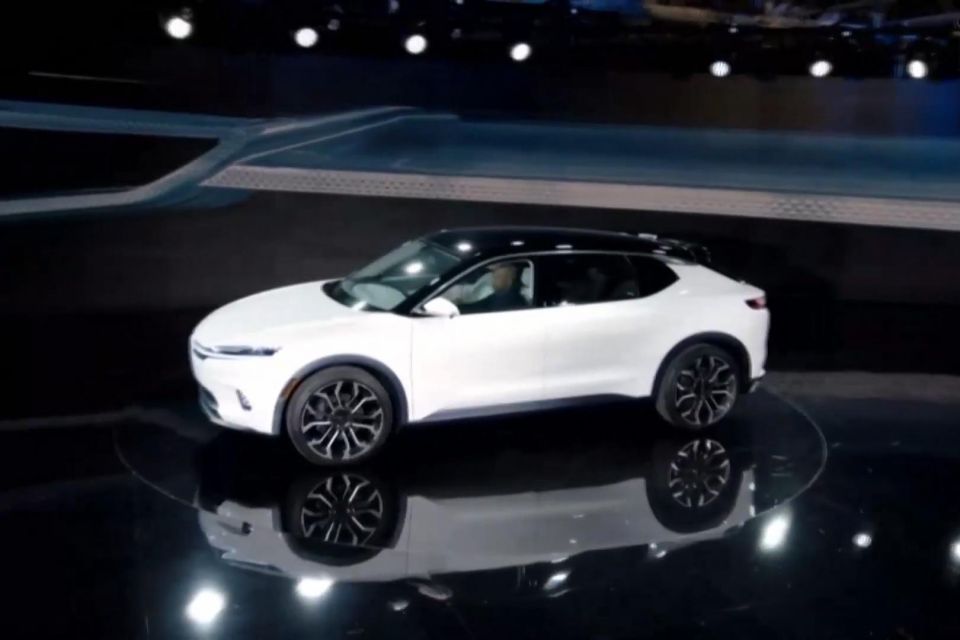
These will be rolled out across the four vehicle platforms Stellantis is transitioning to: STLA Small, STLA Medium, STLA Large and STLA Frame.
STLA Brain is the name of the new electrical/electronic (E/E) and software architecture, connecting electronic control units within the vehicle with the vehicle’s central high performing computer via a high-speed data bus.
It supports over-the-air updates and allows developers to create and update features without waiting for a new hardware launch.
Stellantis says it’ll reduce costs and simplify maintenance for customers while sustaining vehicle residual values.
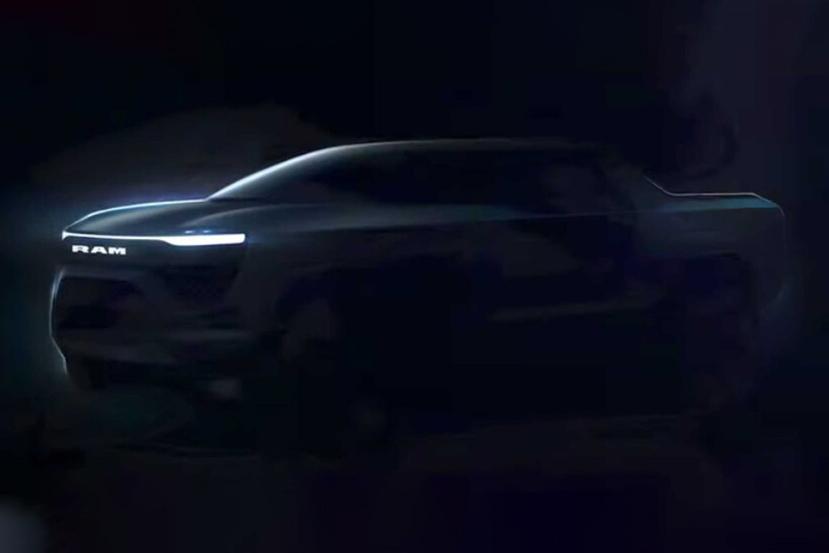
STLA SmartCockpit builds on this with AI-based applications like navigation, voice assistance, and e-commerce and payment services.
It’s been developed as part of the Mobile Drive joint venture between Stellantis and Foxconn.
Finally, STLA AutoDrive, developed with BMW, will offer Level 2, Level 2+ and Level 3 autonomous driving capabilities and will be continuously updated over-the-air.
Stellantis will leverage its data collection abilities to launch a usage-based insurance program through its finance arms in Europe and North America in 2022, while the company’s software and connected services business will include features on demand, fleet services, as well as sales tools.
It’s continuing its partnership with autonomous driving company Waymo, which currently uses a fleet of Chrysler Pacifica Hybrids with its AV technology installed.
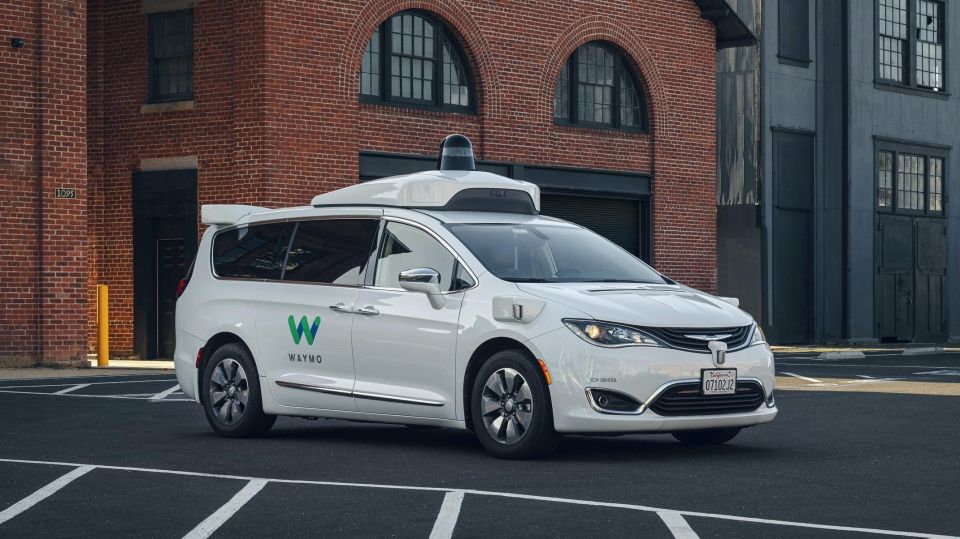
The two companies will also expand their partnership to local delivery services, with prototyping starting in 2022.
Stellantis is also launching a software academy to retrain more than 1000 internal engineers, and wants to have 4500 software engineers on the payroll by 2024.
The company says its significant investment in software works “hand-in-hand” with its electrification plans, which were announced earlier this year.
By 2030, it wants more than 70 per cent of its European vehicle sales and more than 40 per cent of its US vehicle sales to be low-emission vehicles.
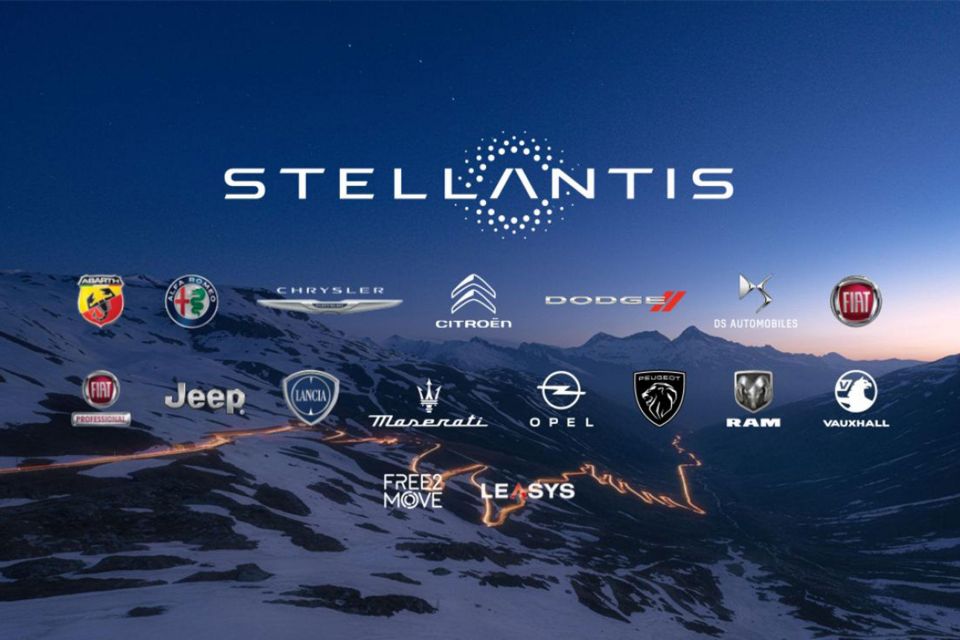
Some of its brands, like Abarth, DS and Lancia, have already announced plans to switch entirely to electric vehicles. These brands will do so in 2024, with Alfa Romeo following in 2027 and Opel and Vauxhall (in Europe at least) in 2028.
Its fleet of electric vehicles will use four different EV platforms, which can also support internal-combustion engines. These are:
Stellantis says it can produce up to two million vehicles per year on each platform, and each platform will be highly flexible in terms of length and width and will support fast-charging of up to 32km per minute.
MORE: Stellantis plans €30 billion electric vehicle investment
William Stopford is an automotive journalist based in Brisbane, Australia. William is a Business/Journalism graduate from the Queensland University of Technology who loves to travel, briefly lived in the US, and has a particular interest in the American car industry.


Matt Campbell
5 Days Ago


James Wong
4 Days Ago


Max Davies
3 Days Ago


Josh Nevett
2 Days Ago


Josh Nevett
1 Day Ago
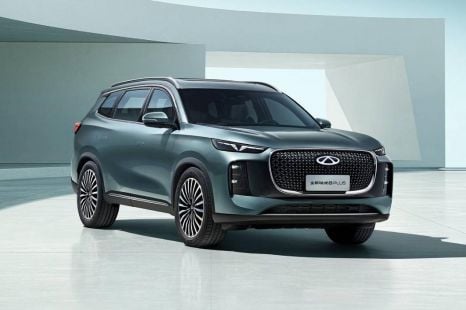

William Stopford
12 Hours Ago